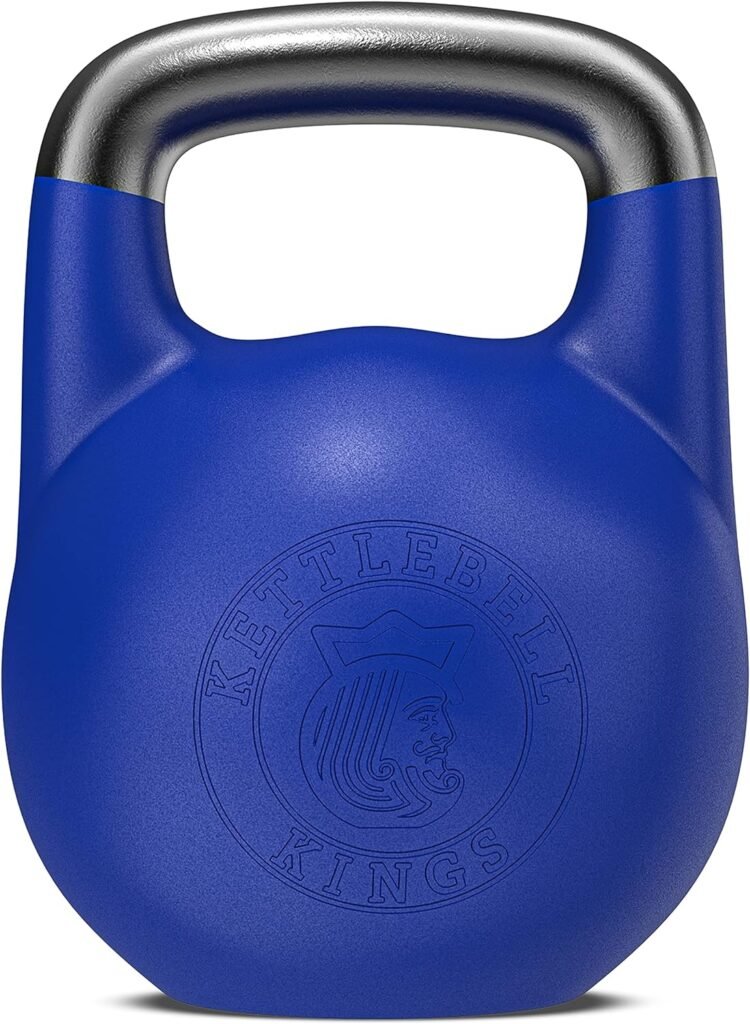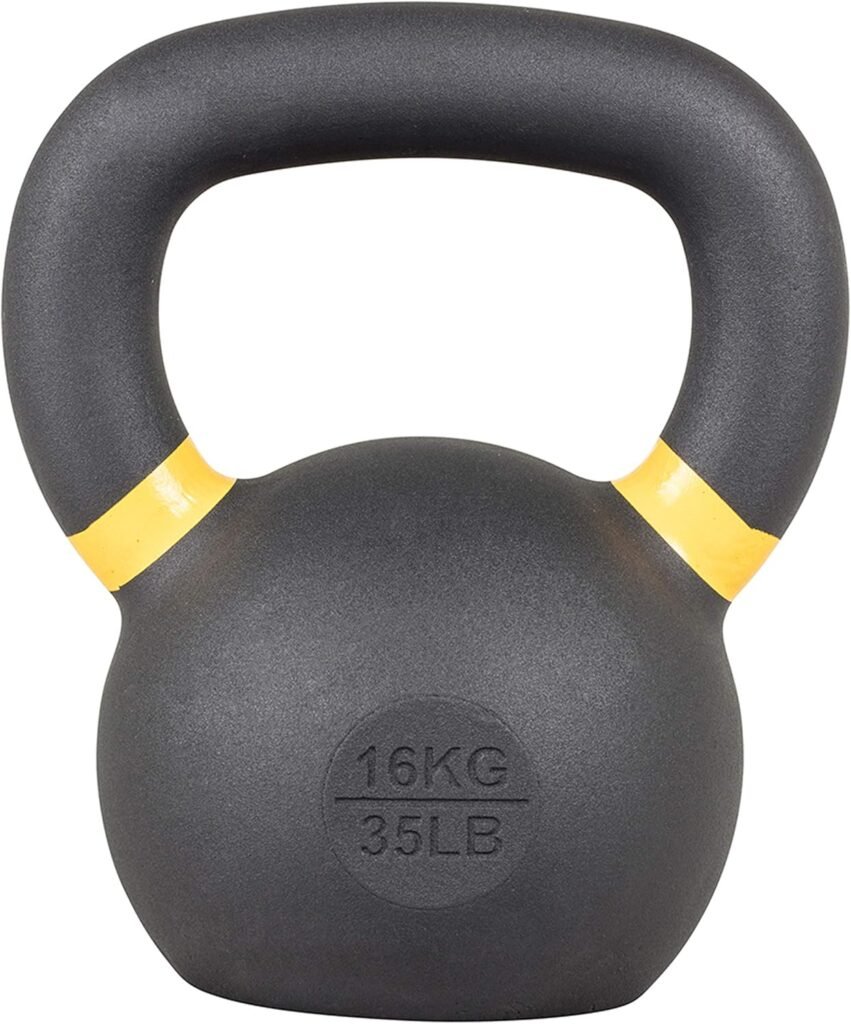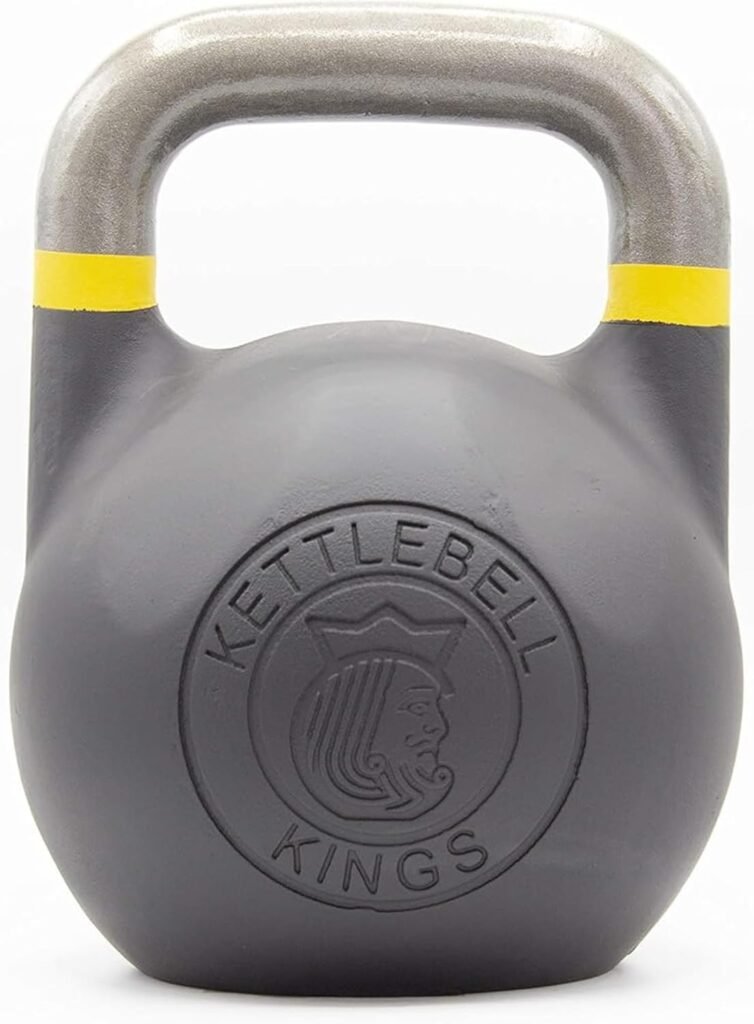Introduction to Kettlebell Training
Kettlebell training has surged in popularity in recent years—and for good reason. Not only does it provide a robust workout, but it also promotes joint health and overall functional fitness. Kettlebells are versatile tools that allow you to perform a variety of exercises, targeting multiple muscle groups while enhancing your mobility.
This guide will explore the benefits of kettlebell training specifically related to joint health, effective exercises to incorporate into your routine, and tips for getting started safely.
Benefits of Kettlebell Training for Joint Health
Kettlebell training offers various advantages for maintaining and improving joint health:
1. Improved Mobility
- Kettlebell exercises often involve dynamic movements that enhance flexibility and range of motion in the joints.
- This mobility is crucial for avoiding injuries and maintaining overall joint function as we age.
2. Strengthening Surrounding Muscles
- Kettlebell training engages stabilizing muscles, which support the joints and help prevent injuries.
- Stronger muscles around the joints provide better stability during physical activities.
3. Enhanced Core Stability
- Many kettlebell exercises focus on the core, which plays a vital role in joint support.
- A strong core reduces the risk of back pain and enhances balance, further protecting the joints.
4. Low-Impact Exercise
- Kettlebell training can be performed in a low-impact manner, making it suitable for those with joint issues.
- Controlled movements help reduce stress on the joints compared to high-impact activities.
5. Joint Lubrication
- Kettlebell workouts involve movements that promote synovial fluid production, which lubricates the joints.
- This lubrication is essential for maintaining joint health and mobility.
Getting Started with Kettlebell Training
Before diving into kettlebell exercises, it’s crucial to understand some key principles to ensure safety and effectiveness.
Choose the Right Weight
- Begin with a lighter kettlebell to perfect your form.
- Aim for a weight that allows you to perform exercises with proper technique while still challenging yourself.
Focus on Form
- Quality over quantity! Focus on proper form to avoid injuries.
- Consider working with a certified trainer for initial guidance.
Warm-Up and Cool Down
- Always perform a dynamic warm-up to prepare your joints and muscles.
- Cool down with stretching to promote recovery and flexibility.
Essential Kettlebell Exercises for Joint Health
Here are some effective kettlebell exercises that promote joint health:
1. Kettlebell Goblet Squat
- Benefits: Strengthens the legs, hips, and core while promoting hip mobility.
- How to Perform:
- Hold the kettlebell close to your chest with both hands.
- Stand with your feet shoulder-width apart.
- Lower into a squat, keeping your elbows inside your knees.
- Push through your heels to return to standing.
2. Kettlebell Deadlift
- Benefits: Strengthens the posterior chain, improving lower back and hip stability.
- How to Perform:
- Stand with your feet hip-width apart, placing the kettlebell between them.
- Hinge at your hips and bend your knees to grab the kettlebell.
- Keep your back flat as you lift the kettlebell by straightening your hips and knees.
3. Kettlebell Swing
- Benefits: Enhances hip mobility, strengthens the core, and improves cardiovascular fitness.
- How to Perform:
- Stand with your feet shoulder-width apart, placing the kettlebell on the floor in front of you.
- Hinge at your hips and grasp the kettlebell with both hands.
- Swing the kettlebell between your legs, then thrust your hips forward to swing it to shoulder height.
4. Kettlebell Turkish Get-Up
- Benefits: A full-body movement that improves shoulder stability and overall mobility.
- How to Perform:
- Lie on your back with a kettlebell in one hand, arm fully extended.
- Roll onto your side, then push up to a sitting position.
- Stand up while keeping the kettlebell overhead, and reverse the movement to return to the ground.
5. Kettlebell Overhead Press
- Benefits: Strengthens the shoulders, triceps, and upper back, promoting shoulder joint health.
- How to Perform:
- Stand with a kettlebell in one hand at shoulder height.
- Press the kettlebell overhead, keeping your core engaged.
- Lower the kettlebell back to shoulder height.
Tips for Safe and Effective Kettlebell Training
To maximize the benefits of kettlebell training for joint health, consider the following tips:
- Listen to Your Body: If you experience pain (not to be confused with discomfort), stop the exercise and assess your form or consult a professional.
- Gradual Progression: Increase weights and intensity gradually to allow your joints and muscles to adapt.
- Incorporate Variety: Mix different exercises to target various joints and muscles, preventing overuse injuries.
- Stay Hydrated and Nourished: Proper nutrition and hydration support joint health and recovery.
Conclusion
Kettlebell training offers a fantastic way to enhance joint health while providing a full-body workout. By focusing on proper form, starting with appropriate weights, and incorporating a variety of exercises, you can improve your mobility and strength while minimizing the risk of injury. Whether you are a seasoned athlete or a beginner, kettlebell training can be a valuable addition to your fitness routine, promoting longevity and quality of life through better joint health. Happy training!











